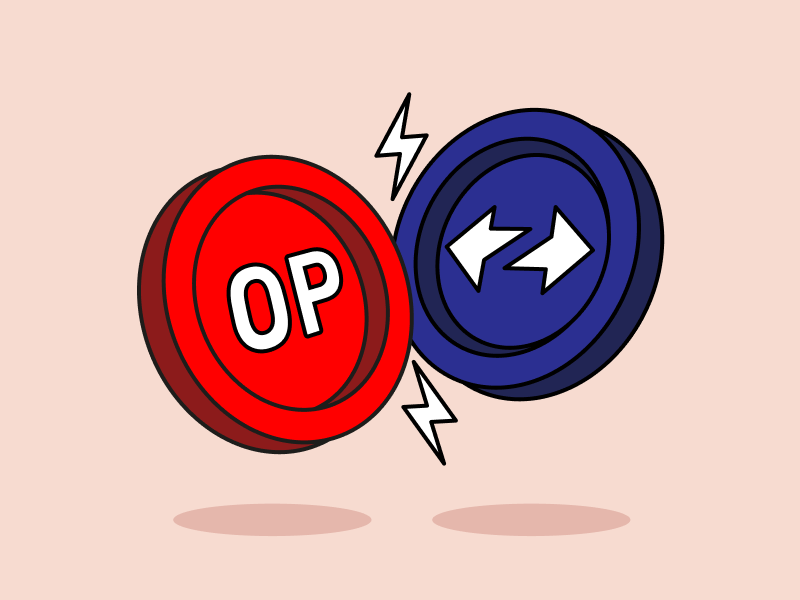What is an MPC Wallet?

Investing in digital assets requires careful consideration of how to secure and protect the assets stored in a digital wallet. In the rapidly evolving Web3 world, where cryptocurrencies and blockchain technology are prevalent, ensuring secure transactions and maintaining data privacy are crucial factors to address. Fortunately, with advancements in technology, we now have an effective solution for storing assets and data with the highest level of security, known as Multi-Party Computation (MPC) technology, which has gained recognition and adoption among major institutions and crypto developers. But what exactly is an MPC Wallet crypto? And what advantages does it offer? In the following article, we will delve deeper into these questions to understand how MPC technology can revolutionize the way we secure and protect our digital assets.
Article Summary
- 🔐 Multi-Party Computation (MPC) Wallet is a digital asset wallet that utilizes multi-party computation technology to provide a higher level of security. The MPC Wallet combines the advantages of a centralized wallet and a self-custody wallet, where the owner has full control.
- 🔑 The MPC Wallet works by distributing the ownership of the private key among multiple users, so each user only possesses a portion of the key. This approach minimizes the risk of failures and theft threats, ensuring that no single user has complete control over the wallet.
- ⛓️ MPC Wallets can be integrated with Decentralized Finance platforms, allowing users to interact with DeFi protocols while maintaining the security and privacy of their private keys.
Read more: How to Safely Store Your Cryptocurrency
What is an MPC Wallet?
There have been two popular methods of storing crypto assets known to most crypto users: storing them on a centralized exchange or in a self-custody wallet. However, there is actually a third alternative, known as Multi-party Computation (MPC) or MPC wallet.
An MPC wallet is a crypto wallet that leverages multi-party computation to provide a higher level of security. Unlike wallets on centralized exchanges that store keys on their servers, MPC Wallet splits the private key to multiple parties such as remote servers and mobile phones.
Thus, an MPC wallet does not have a single point of weakness like in a custodial wallet or self-custody. The risk of hacking and theft of private keys is also reduced. So, MPC Wallet can be a strong alternative to provide better security, flexibility, and experience for users.
💡 MPC wallet can still be called a non-custodial wallet because even though keys are distributed to multiple parties, users still have full control over their assets. Furthermore, the key share data is hidden behind sophisticated encryption so that even those who store it cannot know the sensitive data inside.
How Does an MPC Wallet Works?
As the name suggests, MPC Wallet operates by leveraging Multi-Party Computation (MPC), which is a cryptographic technique that allows multiple parties to jointly compute a function without revealing their individual private data.
Through Multi-Party Computation, MPC Wallet attempts to address the issues faced by traditional crypto wallets by distributing ownership of the private key to many users. So, each user does not possess the private key individually; instead, they only have a portion of that key, known as a “shard” or “key share.”
In the process of signing a transaction, all parties or users use their key shares in the transaction. This is the only way to create a valid digital signature for the wallet.
With multi-party computation, anyone involved in the creation and signing of transactions does not need to reveal their identity. Cyberattacks can be prevented through this method because even if a hacker manages to compromise one key share, they still cannot transfer funds from the MPC Wallet without authorization from the parties holding the other key shares.
For a clearer understanding, here are some stages of how MPC wallet works:
1. Key generation
MPC works by using a mathematical formula to generate a private key that is distributed among multiple parties. The formula is designed so that no single party can reconstruct the private key on their own.
For example, suppose there are three users (A, B, and C) who have created an MPC wallet. The MPC wallet would generate a private key and divide it into three shares, one for each user. Each user would then store their share of the private key on their own device.
2. Transaction signing
When a user wants to send a transaction from the MPC wallet, they must first sign it with their share of the private key. The transaction is then sent to the other users, who also sign it with their shares.
MPC uses a special cryptographic technique to allow multiple parties to sign a transaction without revealing their individual shares of the private key. This is done by using a mathematical formula that combines the signatures of all of the parties to produce a single signature.
Once all of the users have signed the transaction, it is broadcast to the blockchain and executed.
3. Transaction execution
When a transaction is broadcast to the blockchain, it is verified by the blockchain nodes. The nodes verify that the transaction is valid and that the sender has sufficient funds to complete the transaction.
If the transaction is valid, it is added to the blockchain and executed. This means that the funds are transferred from the sender’s wallet to the recipient’s wallet.
Advantages of MPC Wallet
MPC wallets offer a number of advantages over traditional cryptocurrency wallets, including:
- Enhanced security: MPC wallets divide the private key into multiple shares and distribute them among multiple parties. This makes it very difficult for hackers to steal funds from an MPC wallet, even if they compromise one or more shares of the private key.
- Improved access control: MPC wallets allow users to define roles and permissions for each participant. This makes it easier to manage access to funds and reduces the risk of fraud.
- Support for complex transactions: MPC wallets can support complex transactions, such as time locks, multi-step approval processes, and spending limits. This makes them suitable for businesses and organizations that need to manage their digital assets carefully.
- Chain-agnostic: MPC wallets that comply with the ERC-4337 standard can operate on all blockchains compatible with EVM. This makes them very versatile and convenient for users who want to store and manage crypto assets on multiple blockchains.
- Integration with DeFi platforms: MPC wallets can be integrated with decentralized finance (DeFi) platforms, allowing users to interact with DeFi protocols while maintaining the security and privacy of their private keys. This integration enables secure transactions and smoother interactions with various DeFi services such as lending platforms, decentralized exchanges, and yield farming.
Read also: Understanding Self-Custody: How to Store Your Crypto Safely
Conclusion
The Multi-Party Computation (MPC) Wallet is a digital asset wallet that uses multi-party computation technology to provide a higher level of security. By distributing the private key to multiple parties, an MPC wallet can minimize the risk of access failure and thwart theft threats. Despite its superior security and privacy features, using an MPC wallet requires a high level of technical understanding. However, with proper training and a user-friendly interface, an MPC Wallet can be an ideal solution for enhancing crypto asset security and maintaining user privacy, making it an ideal choice in today’s Web3 era.
References
- John Jerome, MPC Wallets: A New Era of Cryptocurrency Security, Medium, accessed on 6 June 2023.
- Anthony Clarke, Multiparty computation could offer increased protection for crypto wallets, Cointelegraph, accessed on 6 June 2023.
- Latisha Tublani, The ultimate guide to MPC Wallets: Everything you need to know, Eniblock, accessed on 6 June 2023.
- Ray Chen, MPC vs. Multi-sig Wallets: An Overview, Kaleido, accessed on 6 June 2023.
Share
Related Article
See Assets in This Article
DEFI Price (24 Hours)
Market Capitalization
-
Global Volume (24 Hours)
-
Circulating Supply
-


